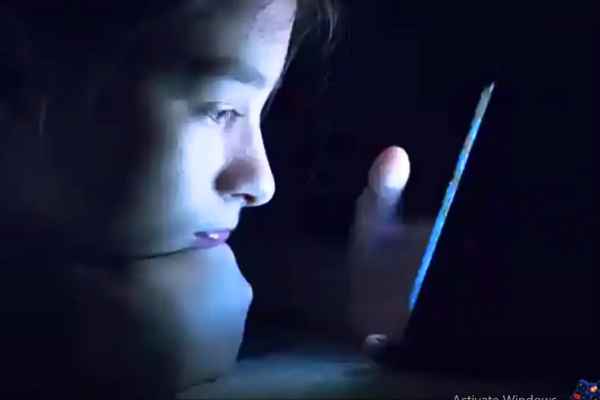The journey from childhood to adulthood is marked by a transformative phase known as puberty. Hormonal changes drive this essential stage of human development, propelling physical, psychological, and emotional changes.
Recent studies have shone a light on a surprising factor influencing early puberty in male rats – blue light exposure. In this comprehensive exploration, we delve into how blue light, emitted by devices like smartphones and tablets, may accelerate puberty onset in male rats. These findings offer a glimpse into the potential effects of screen time on childhood development and the need for further research.
The Experiment Blue Light Exposure
Intrigued by the potential impact of blue light, researchers conducted experiments involving 18 male rats aged 21 days. These young rats were divided into three groups, each subjected to different lighting conditions. One group experienced a regular light cycle, while the other two groups were exposed to six or twelve hours of blue light daily. The results of this experiment provided valuable insights into the effects of blue light on early puberty.

The Pioneering Rat Studies Blue Light Exposure
Researchers from Turkish institutions, including Ankara Bilkent City Hospital and Gazi University, have embarked on groundbreaking studies to uncover the intriguing relationship between blue light exposure and early puberty in male rats. While previous research had explored this connection in female rats, this study marks the first of its kind to consider male rats.
The Startling Findings Blue Light Exposure
The study unveiled that male rats exposed to blue light exhibited early signs of puberty significantly earlier than their counterparts in the control group. Additionally, the duration of exposure correlated with the timing of puberty onset in these rats. Furthermore, the researchers noticed concerning effects on these rats’ reproductive systems, including impaired sperm development and damaged testicular tissue.
The Implications Blue Light Exposure
While these findings offer crucial insights into the potential risks associated with blue light exposure and early puberty, researchers emphasize the need for caution in interpreting the results for humans. It’s crucial to recognize that these studies involve rats, and further research is required to establish direct links to human development.
A Call for Further Research
The researchers’ commitment to unraveling the effects of blue light continues. The next phase of their investigation aims to assess the impact of blue light exposure on adult rats before puberty onset. This research seeks to understand the long-term effects on reproductive organ health and fertility, potentially leading to preventive measures. The ultimate goal is to contribute to the ongoing discourse surrounding how modern lifestyles impact physiological development and long-term health.
The Broader Context
While blue light exposure certainly deserves attention, it is but one of several factors influencing puberty. To ensure healthy development during this crucial life stage, adolescents and their parents should focus on balanced, healthy lifestyles. This includes adequate nutrition, regular physical activity, and sufficient sleep.
Conclusion
The intriguing connection between blue light exposure and early puberty in male rats underscores the need for ongoing research into the impacts of modern technology on childhood development. While these findings offer valuable insights, there is much more to uncover regarding the complex interplay of environmental factors on human puberty. As we navigate the digital age, a balanced approach to screen time and a focus on holistic well-being remain essential for our youth.




